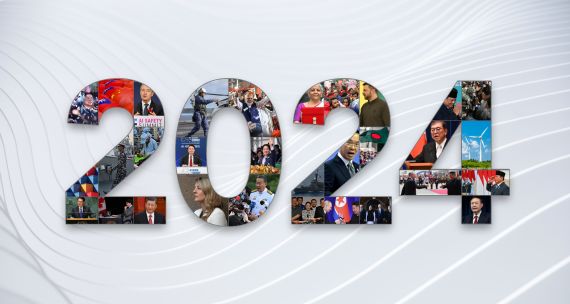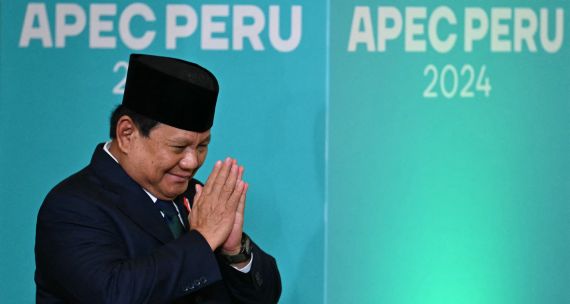One fairly safe prediction for 2016 is that the public debate in Canada over the merits of the Trans-Pacific Partnership will get louder and messier.
Part of the reason for this is unfortunate but understandable: an agreement negotiated largely in secret, with little involvement of the business community in identifying trade opportunities and risks, and signed by our former government during an election campaign. It’s hardly a formula for creating confidence.
More fundamentally, though, Canadians want to be convinced that such trade agreements are in their best interests.
Despite the hyperbole of advocates and doomsayers alike, this is not a transformative deal. It encompasses 12 countries, of which we already have a joint free-trade agreement with two (the United States and Mexico), a bilateral free-trade agreement with another (Chile), and are Commonwealth partners with five more countries (Australia, New Zealand, Singapore, Malaysia and Brunei).
The only large Asian economy in TPP is Japan – not India, South Korea or China.The only large Asian economy in TPP is Japan – not India, South Korea or China. And the TPP phase-in period to adapt to these new rules is reasonable. Indeed, the auto industry will be transformed by the driverless car well before TPP is fully phased in.
Not being part of TPP, on the other hand, would be unambiguously negative for Canada. The potential costs of not being in a multilateral trade agreement anchored by the United States are significant and real for a NAFTA partner.
But what of the benefits? The direct gains to Canada of TPP are largely in the Japanese market, provided that Canadian companies have the capacity to realize the opportunities. But much more significant are the potential indirect benefits: In a mid-sized economy such as Canada’s, well-designed trade agreements are an important means of driving innovation, productivity and growth.
What countries need to increase is more business-sector innovation, from startups to small- and medium-sized enterprises to large companies. What innovative companies need to prosper is scale, demanding new customers to try their products and technologies, world-class talent to enable continuous innovation and access to capital for growth.
What trade agreements can provide is scale, market depth, discerning customers, flow of talent and foreign direct investment.
And that is what recent research convincingly finds: As economies open up to trade, they become more innovative and productive. Scale is at the heart of successful innovation strategies, and the smaller the domestic market, the more essential trade becomes. Innovative technologies and products require potential customers who are sophisticated in their understanding of technology trends and not risk-averse in their business procurement culture, and today they are in Europe, Japan and East Asia, as well as the United States.
In the end, it’s up to Canadian businesses to invest in new technologies, create innovative products, hire world-class talent and make the sales to discerning buyers in far-flung markets. Here is where business has to substantially up its game in investing in innovation, universities have to rethink the skill sets required for these jobs of the future, and governments need to fundamentally revamp their approaches to trade development and promotion.
In particular, if Canada is to realize the opportunities of greater trade liberalization, business needs to be more involved in the process. This requires a richer public-private dialogue.
TPP is an evolution, not a revolution, in Canada’s globalization journey, one where we now lag many other industrial countries. Canada should ratify TPP and then move quickly to be the first Group of Seven country to enter into trade negotiations with China, the world’s second-largest economy, with a large and rapidly growing domestic market and burgeoning middle class. A comprehensive trade deal with China would be transformative and could drive Canadian growth for decades to come.
This piece was first published in the The Globe and Mail on January 8, 2016.



